A new study shows how some species might be able to persevere during a drastically changing climate.


Ilya Sutskever, one of the leading AI scientists behind ChatGPT, reflects on his founding vision and values. In conversations with the film-maker Tonje Hessen Schei as he was developing the chat language model between 2016 and 2019, he describes his personal philosophy and makes startling predictions for a technology already shaping our world. Reflecting on his ideas today, amid a global debate over safety and regulation, we consider the opportunities as well as the consequences of AI technology. Ilya discusses his ultimate goal of artificial general intelligence (AGI), ‘a computer system that can do any job or task that a human does, but better’, and questions whether the AGI arms race will be good or bad for humanity.
These filmed interviews with Ilya Sutskever are part of a feature-length documentary on artificial intelligence, called iHuman.
The Guardian publishes independent journalism, made possible by supporters. Contribute to The Guardian today ► https://bit.ly/3uhA7zg.
Sign up to the Guardian’s free new daily newsletter, First Edition ► http://theguardian.com/first-edition.
Website ► https://www.theguardian.com.
Facebook ► https://www.facebook.com/theguardian.
Twitter ► https://twitter.com/guardian.
Instagram ► https://instagram.com/guardian.
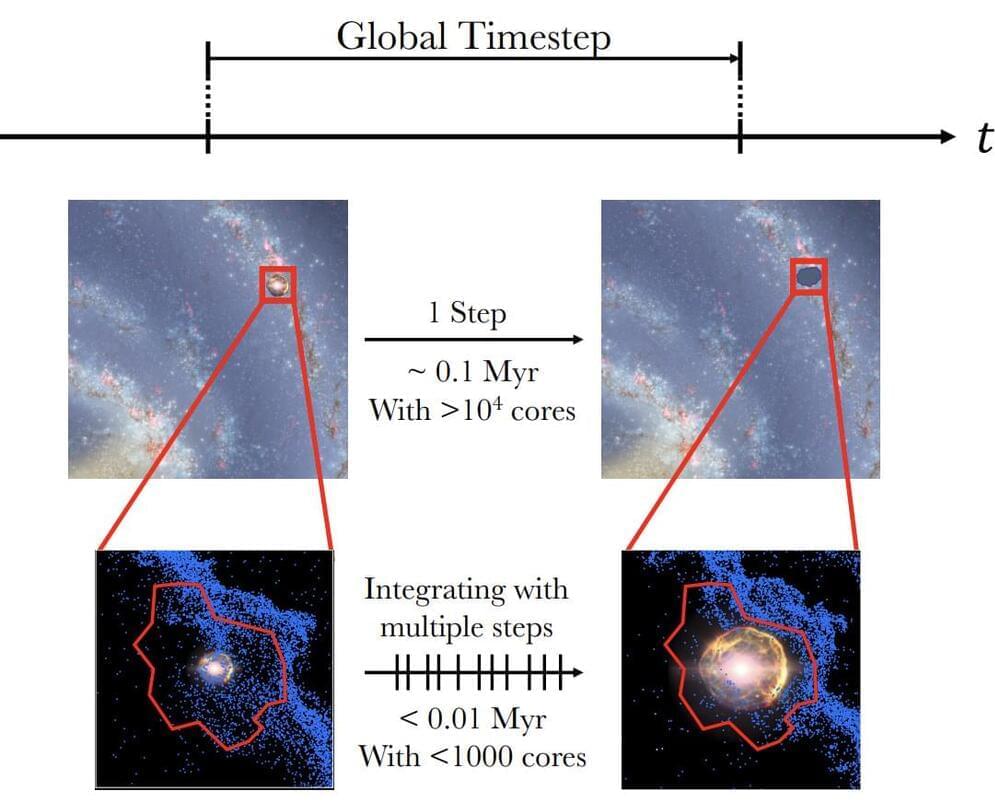
A new way to simulate supernovae may help shed light on our cosmic origins. Supernovae, exploding stars, play a critical role in the formation and evolution of galaxies. However, key aspects of them are notoriously difficult to simulate accurately in reasonably short amounts of time. For the first time, a team of researchers, including those from The University of Tokyo, apply deep learning to the problem of supernova simulation. Their approach can speed up the simulation of supernovae, and therefore of galaxy formation and evolution as well. These simulations include the evolution of the chemistry which led to life.
When you hear about deep learning, you might think of the latest app that sprung up this week to do something clever with images or generate humanlike text. Deep learning might be responsible for some behind-the-scenes aspects of such things, but it’s also used extensively in different fields of research. Recently, a team at a tech event called a hackathon applied deep learning to weather forecasting. It proved quite effective, and this got doctoral student Keiya Hirashima from the University of Tokyo’s Department of Astronomy thinking.
“Weather is a very complex phenomenon but ultimately it boils down to fluid dynamics calculations,” said Hirashima. “So, I wondered if we could modify deep learning models used for weather forecasting and apply them to another fluid system, but one that exists on a vastly larger scale and which we lack direct access to: my field of research, supernova explosions.”
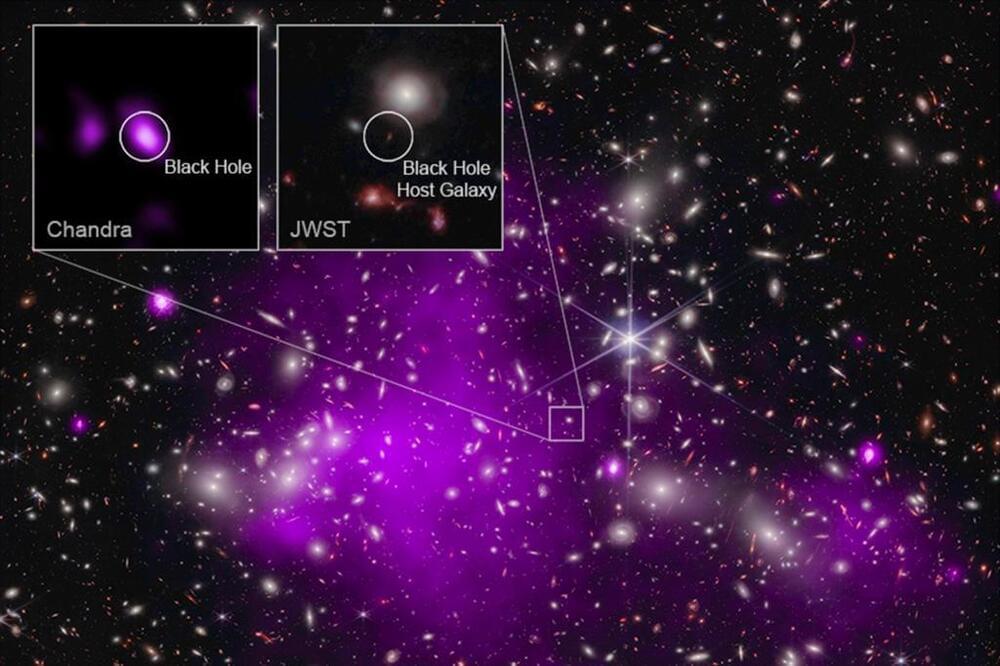
The oldest known black hole — a 13.2 billion-year-old ‘behemoth’ — has been discovered by scientists.
NASA’s James Webb Space Telescope and Chandra X-Ray Observatory spent the past year working together to find and confirm the black hole and on Monday, researchers published their findings which confirmed beliefs that supermassive black holes existed at the start of the universe.
They believe the newly-located black hole was formed just 470 million years after the Big Bang and is 10 times larger than the black hole in the Milky Way.
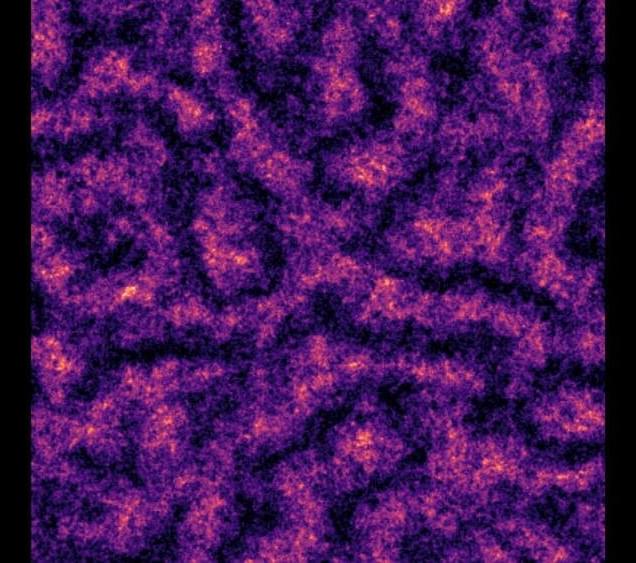
In a new study, researchers from the University of California, Santa Barbara, (UCSB) have reported the discovery of a spin microemulsion in two-dimensional systems of spinor Bose-Einstein condensates, shedding light on a novel phase transition marked by the loss of superfluidity, complex pseudospin textures, and the emergence of topological defects.
A Bose-Einstein (B-E) condensate is a state of matter that occurs at extremely low temperatures, where bosons, such as photons, become indistinguishable and behave as a single quantum entity, forming a superfluid or superconducting state.
B-E condensates can exhibit unique quantum properties, such as a spin microemulsion. When the internal spin states of atoms in a B-E condensate are coupled to their motion, a unique phase called a spin microemulsion can emerge.

Almost like a tax shelter in a sense but to avoid AI regulations.
A floating data center containing thousands of Nvidia GPUs has raised questions over whether the practice could result in the creation of sovereign AI states in the future.
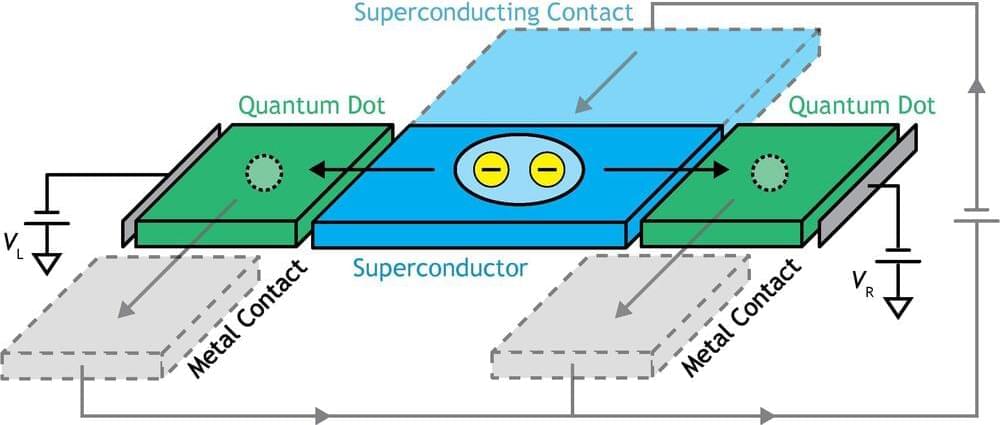
Cooper pairs are pairs of electrons in superconducting materials that are bound to each other at low temperatures. These electron pairs are at the root of superconductivity, a state where materials have zero resistance at low temperatures due to quantum effects. As quantum systems that can be relatively large and easy to manipulate, superconductors are highly useful for the development of quantum computers and other advanced technologies.
Researchers at Delft University of Technology (TU Delft) recently demonstrated the controllable splitting of a Copper pair into its two constituent electrons within a hybrid quantum dot system, holding onto them after the split. Their paper, published in Physical Review Letters, could open new avenues for the study of superconductivity and entanglement in quantum dot systems.
“This research was motivated by the fact that Cooper pairs, the fundamental ingredients of superconductivity that carry electrical current with no resistance, are formed by pairs of electrons that are expected to be perfectly quantum entangled,” Christian Prosko, one of the authors of the paper, told Phys.org.
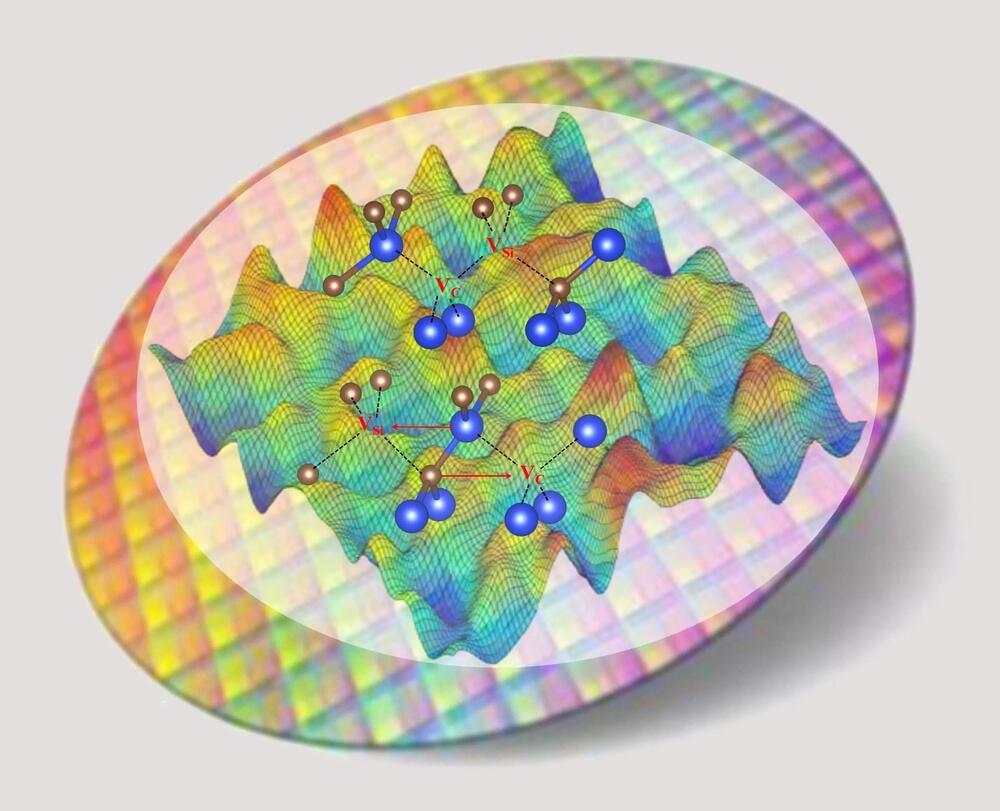
Researchers at the University of Chicago’s Pritzker School of Molecular Engineering, led by Giulia Galli, have conducted a computational study predicting the conditions necessary to create specific spin defects in silicon carbide. These findings, detailed in a paper published in Nature Communications
<em> Nature Communications </em> is a peer-reviewed, open-access, multidisciplinary, scientific journal published by Nature Portfolio. It covers the natural sciences, including physics, biology, chemistry, medicine, and earth sciences. It began publishing in 2010 and has editorial offices in London, Berlin, New York City, and Shanghai.
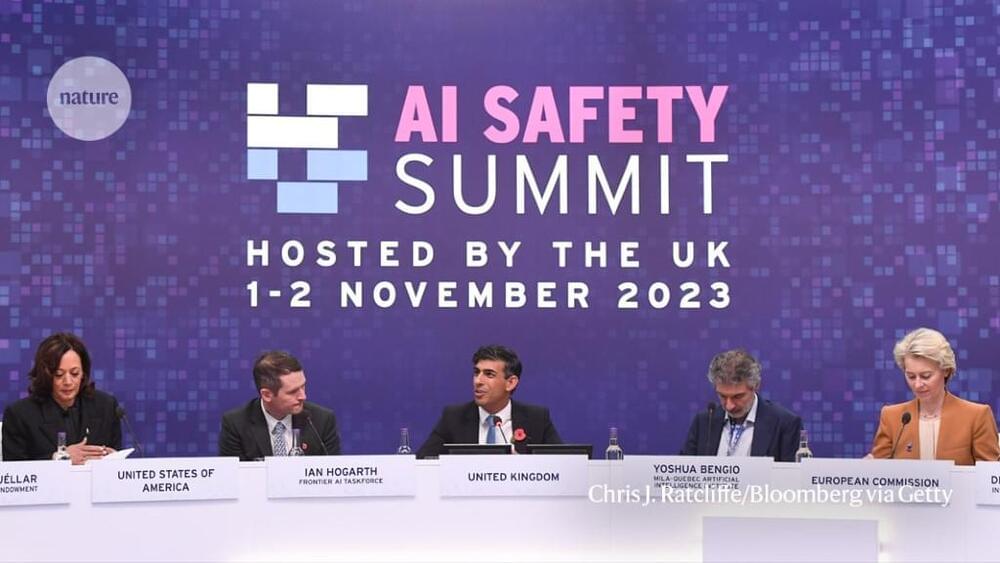
…Such moves are helping countries like the United Kingdom to develop the expertise needed to guide AI for the public good, says Bengio. But legislation will also be needed, he says, to safeguard against the development of future AI systems that are smart and hard to control.
We are on a trajectory to build systems that are extremely useful and potentially dangerous, he says. We already ask pharma to spend a huge chunk of their money to prove that their drugs aren’t toxic. We should do the same.
Doi: https://doi.org/10.1038/d41586-023-03472-x
UK and US governments establish efforts to democratize access to supercomputers that will aid studies on AI systems.

Researchers have uncovered that proteins use a common chemical label as a shield to protect them from degradation, which in turn affects motility and aging. Proteins are key to all processes in our cells and understanding their functions and regulation is of major importance.
“For many years, we have known that nearly all human proteins are modified by a specific chemical group, but its functional impact has remained undefined,” says professor Thomas Arnesen at the Department of Biomedicine, University of Bergen.